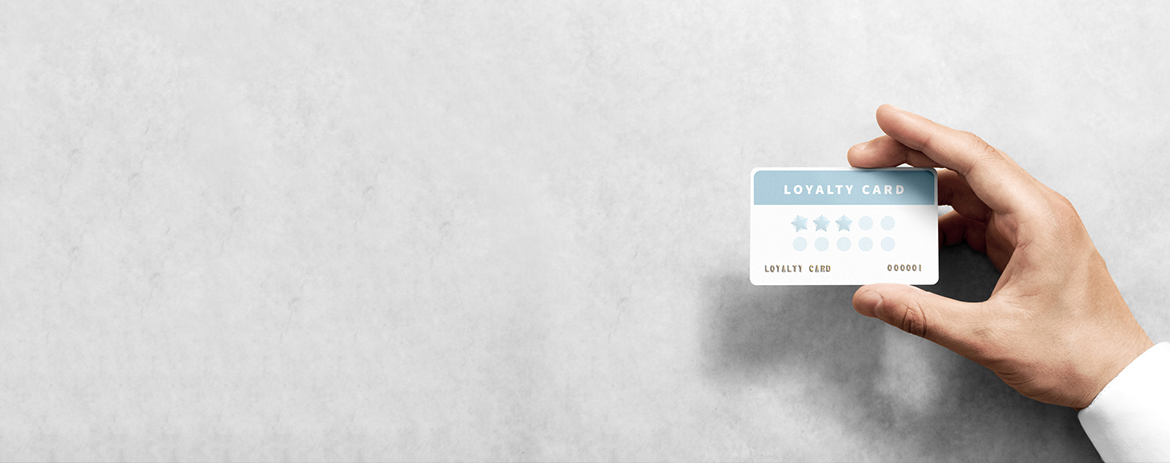Does loyalty pay? Here’s how to get the most out of loyalty programmes
“Call me loyal”, Dave Dobbyn once sang, and “I’ll say you’re loyal too”. (He also once sang “drink yourself more bliss,” which makes less sense, but we’ll set that aside for the moment.)
Loyalty programmes are everywhere these days, and they’ve come a long way from Satan’s original “Eat one apple and get a free eternity of shame and feeling weird about nudity unless you’re Paul Henry” offer.
From airlines and groceries to credit cards and even the humble cup of coffee, loyalty programmes that offer free products, points or even cash can look like a good deal. But are they really worth the effort? Short answer: meh. Long answer? Read on.
What’s in it for them?
For your local coffee shop, a loyalty card is just a loyalty card. Offering every 5th or 10th cup free means you’re more likely to visit them than the place across the road. (You’re also more likely to visit more often… but more of that below.) For bigger outfits like airlines, supermarkets and petrol stations, the real attraction is information about your purchase habits. This is like gold for big retailers and can help them with everything from deciding what to stock in store (Vaughn seems to like coffee and Coke… let’s order in some coffee-flavoured Coke*!) to sending you direct offers if they have your address or email (hey Vaughn, here’s 10% off Coke when you buy some coffee!).
What’s in it for you?
One to two percent, more or less. Obviously, a one-in-ten coffee card works out to a 10% bonus (IF you always use it AND you redeem the free one) but across the board, most loyalty schemes work out to about a 2% reward for your loyalty. (Schemes offering airline points often deliver higher rewards, but they can usually only be exchanged for flights.)
Sure, that’s better than nothing. But it can be a gotcha with credit card schemes, especially if the merchant tacks on a credit card fee of up to 5%… suddenly you’re going backwards. Same goes with annual card fees. Credit card reward schemes are really only a good idea if they have no fee (pretty rare for reward-bearing cards) or if you spend so much each month that the fee is just a blip compared to the rewards you’re getting.
For more information about credit card rewards, check out this 2016 league table by research company Canstar (here).
Fly Buys and supermarket cards
Shop, swipe your card and receive free money… what’s the catch? You are. Cards that track your spending across a lot of products reward you because of the customer information that gives the retailer or the company running the card scheme. Many cards like this will also sell access to their audiences to product brands to deliver them special offers… which can sometimes be a good deal for the customer. So the only downside (which you might care about a wee bit more in this post Cambridge Analytica age) is that you’re letting companies know a lot about your family’s shopping behaviour.
Getting smart with fuel rewards
Remember the ads with the taxi driver asking us whether we wanted to spend or accumulate? If they left you confused, you’re not alone. Most AA Smartfuel users we know take the simple route and simply use their discount on the spot. Insiders tell us, though, that the really smart thing to do is fill your tank with the minimum qualifying spend for accumulating rewards ($40) for a month, then spend the accumulated discount on a full tank (discount applies to a maximum of 50 litres)… if you can be bothered making the extra visits to the service station (more on how to milk AA Smartfuel here).
Bottom line: it’s a bonus
Unless you’ve got the energy to spend your life optimising your shopping habits and changing cards and airlines based on their reward rates (see the movie Up in the Air for where this can lead) it’s probably best to treat reward schemes and loyalty cards as a bonus – and certainly not one worth spending more at retail or putting up with a higher card fee for.
*God help me, but it’s a thing.
- Post Tags:
- loyalty programmes
- saving
- spending
Credit Simple
Credit Simple gives all Kiwis free access to their credit score, as well as their detailed credit report. See how your credit score compares by age, gender and community and gain valuable insights into what it all means.
All stories by: Credit Simple


